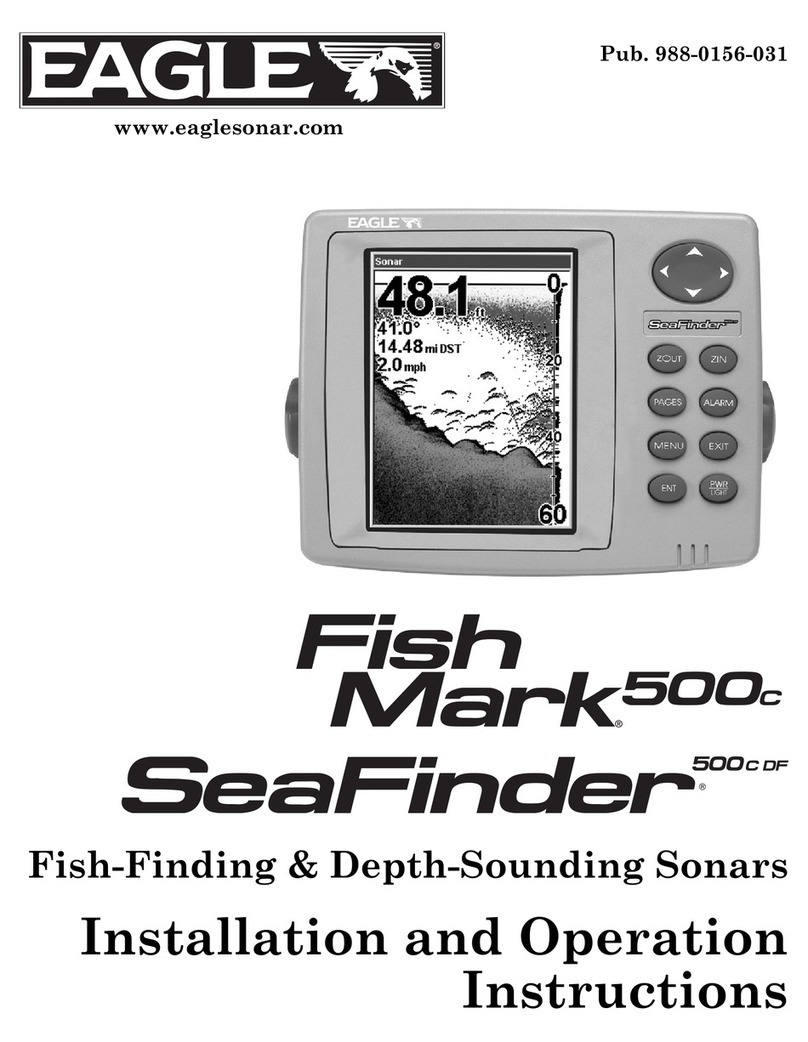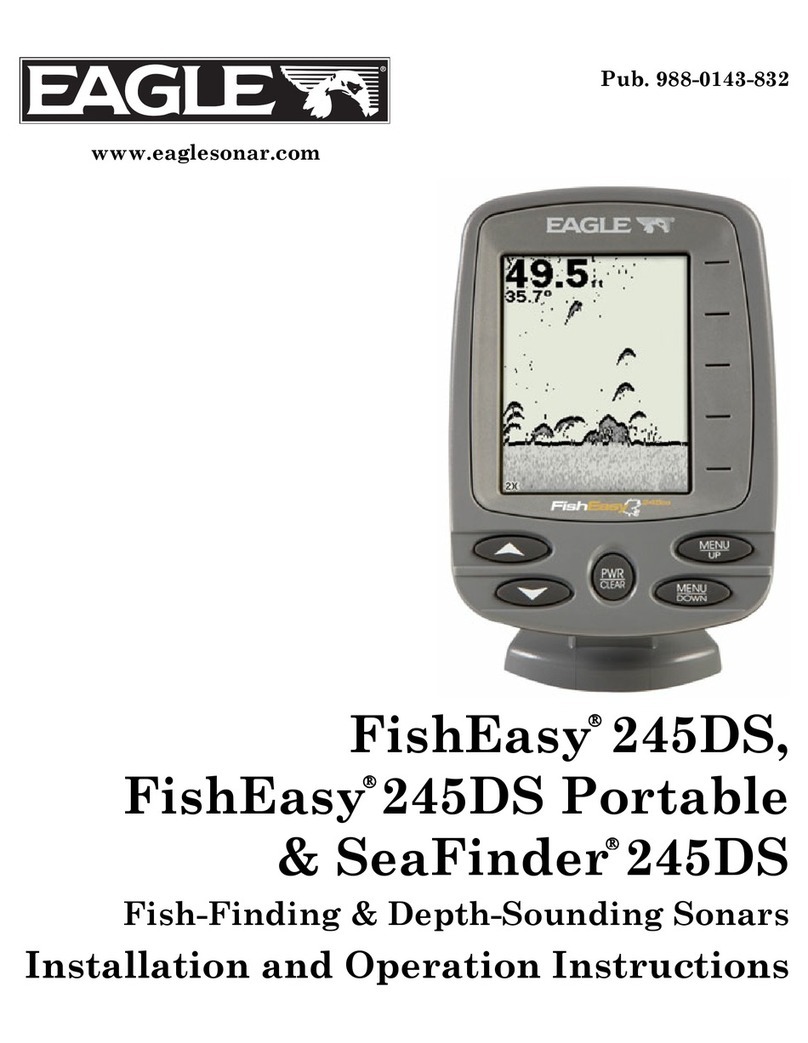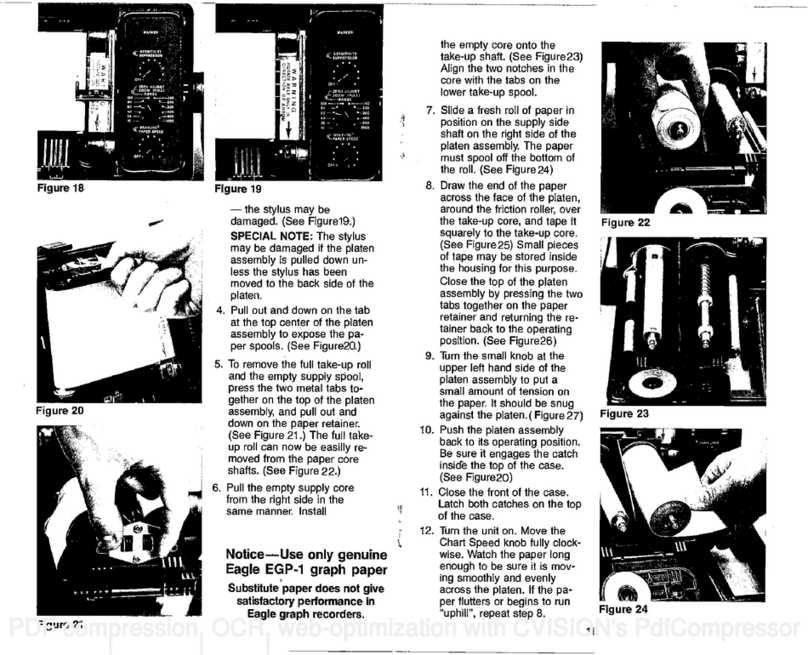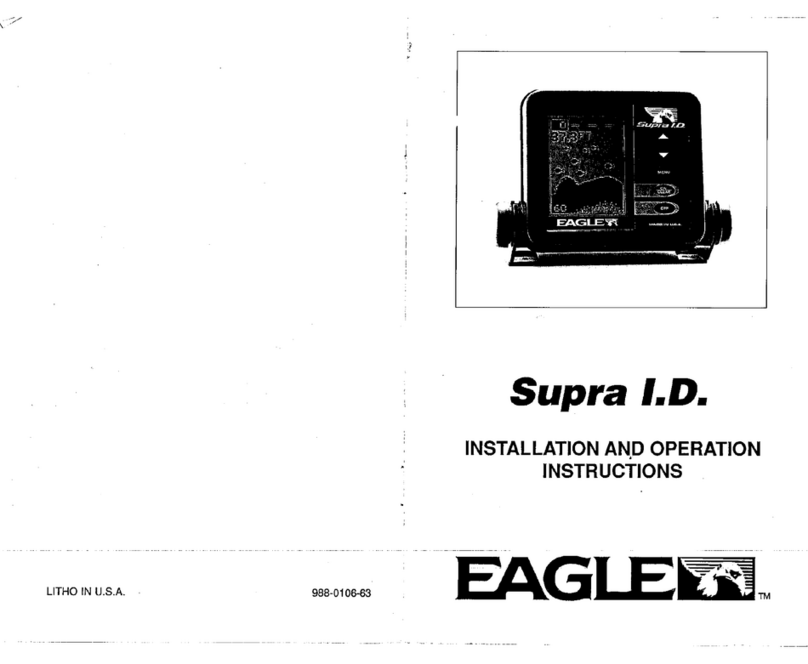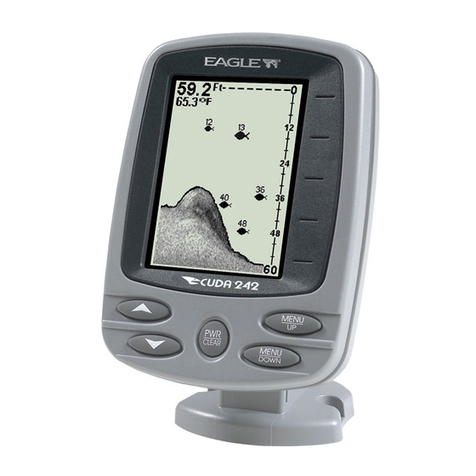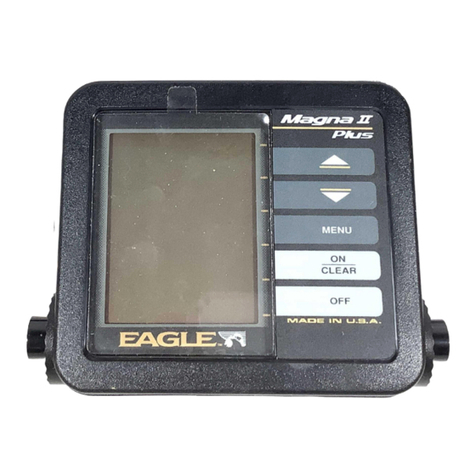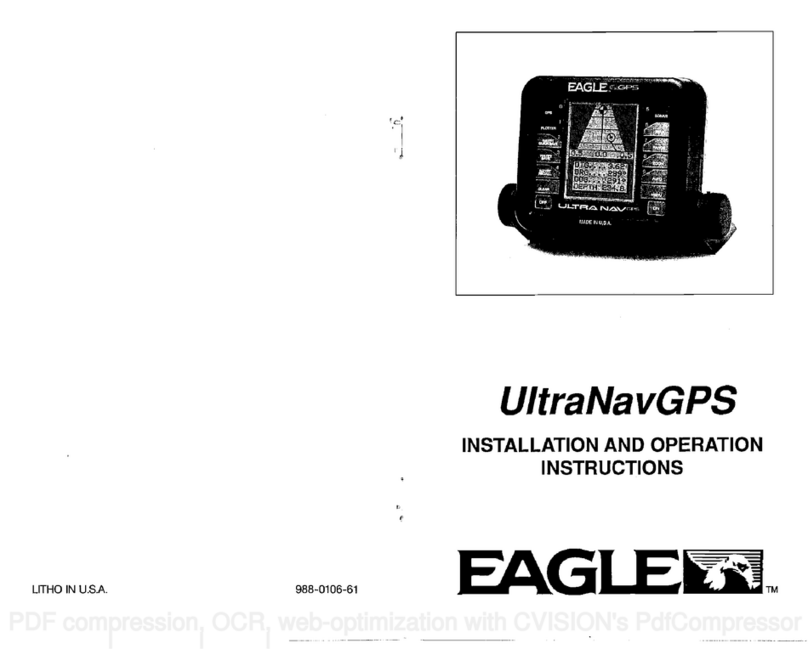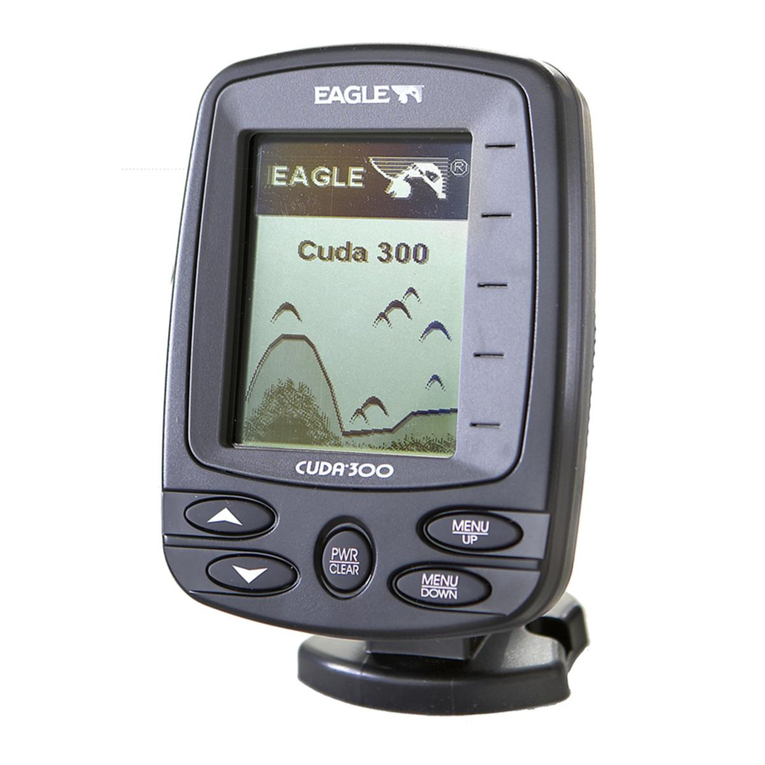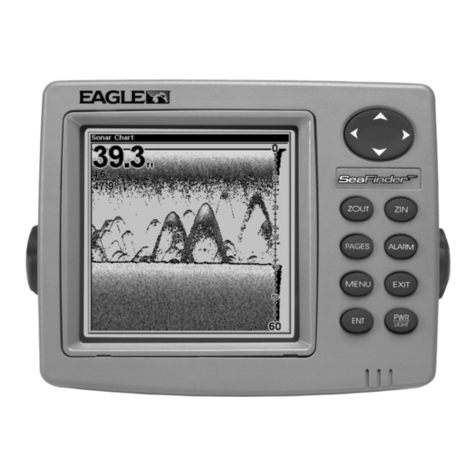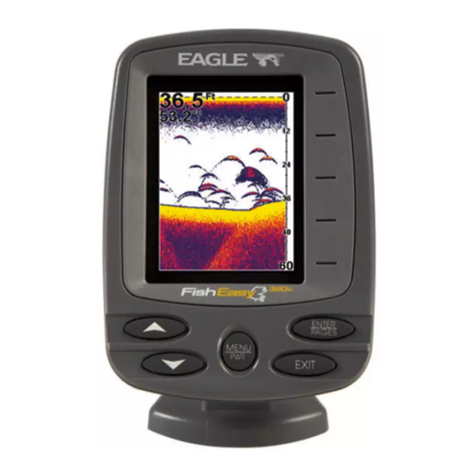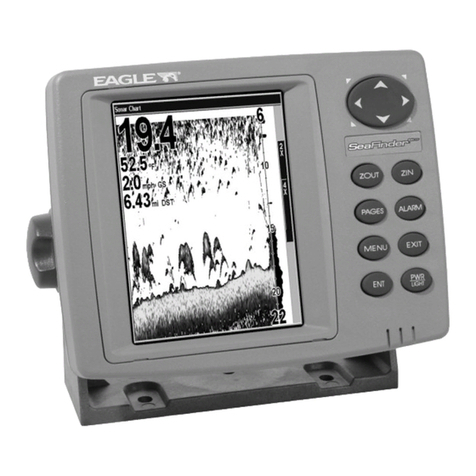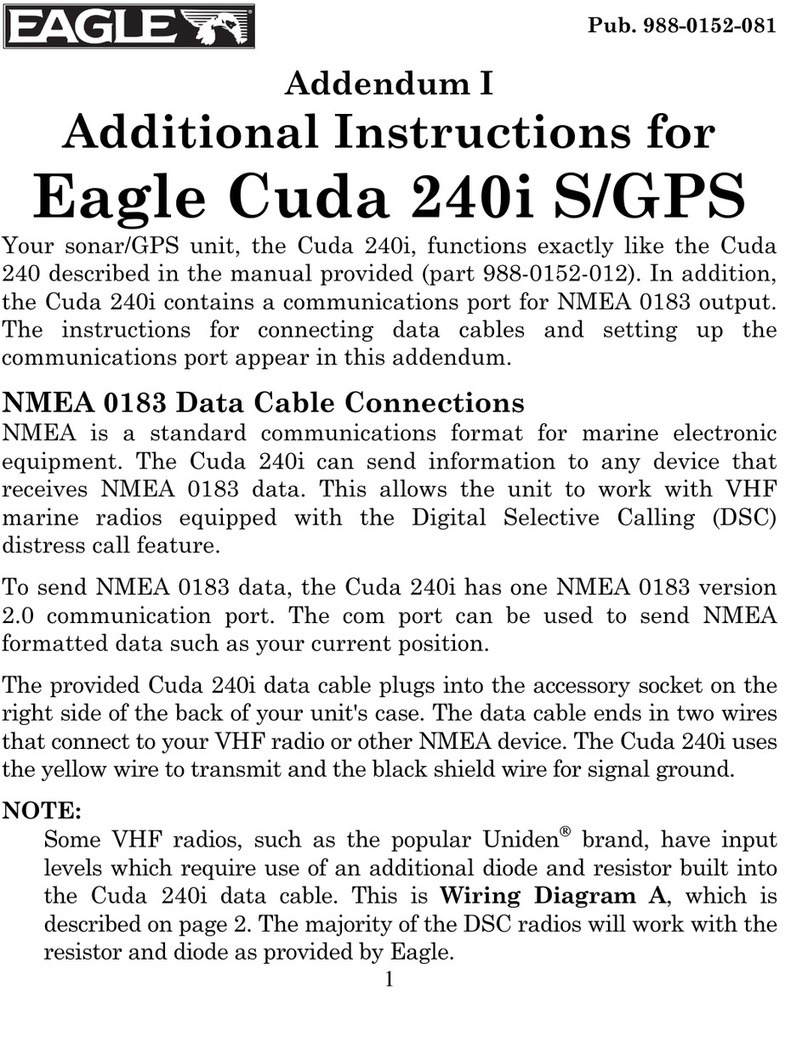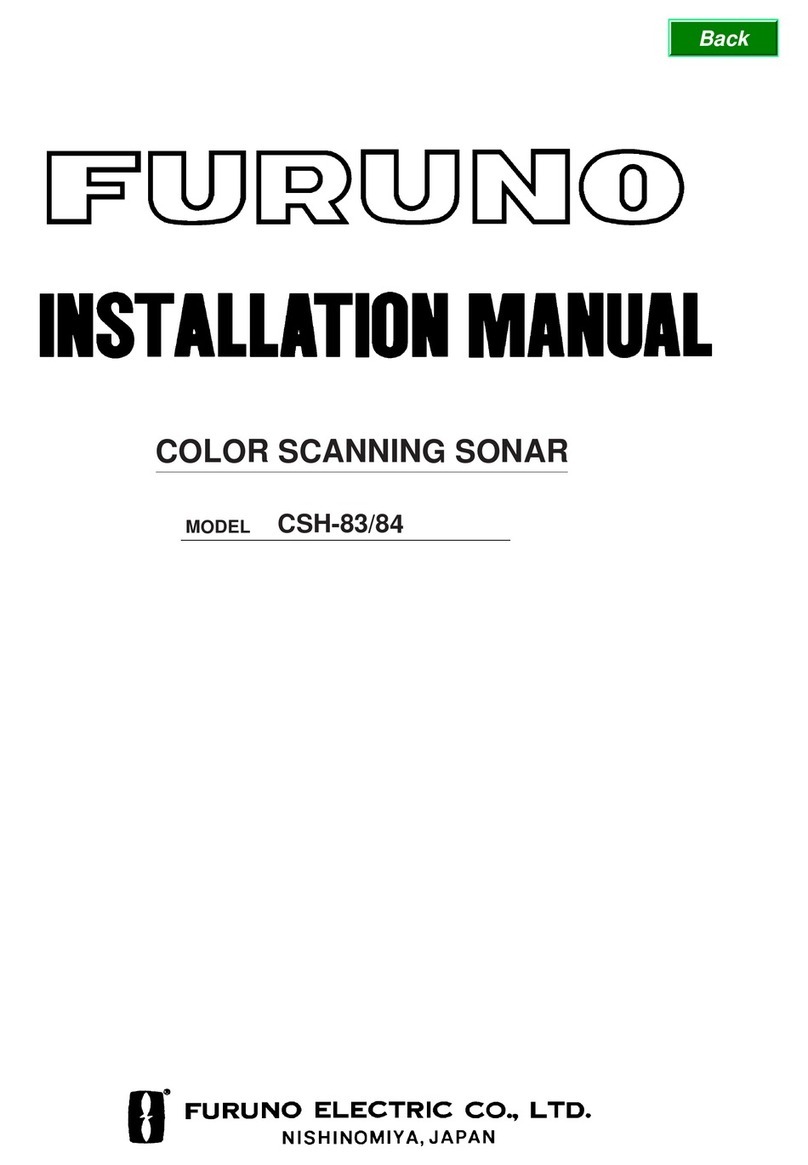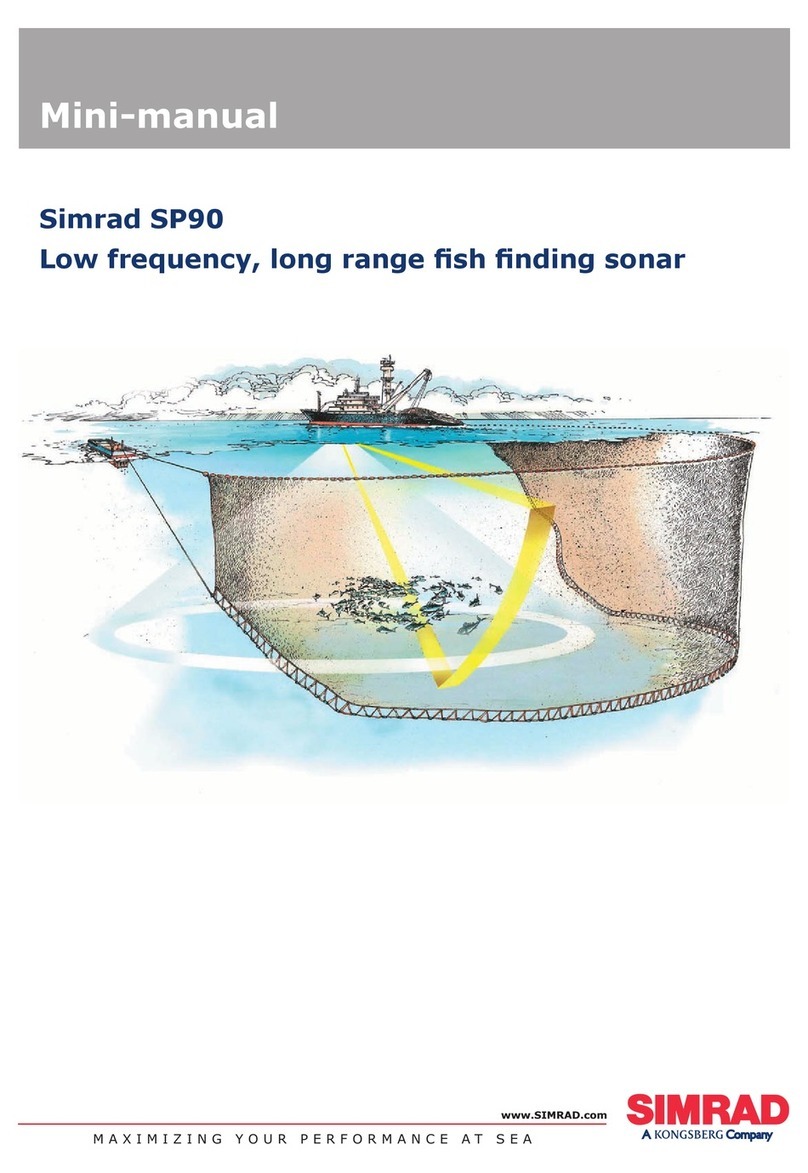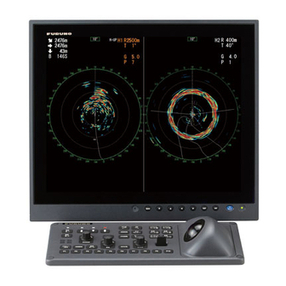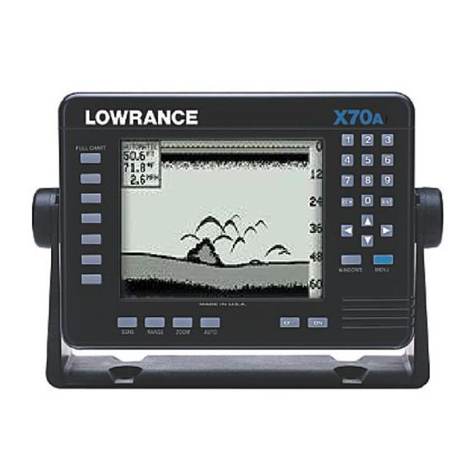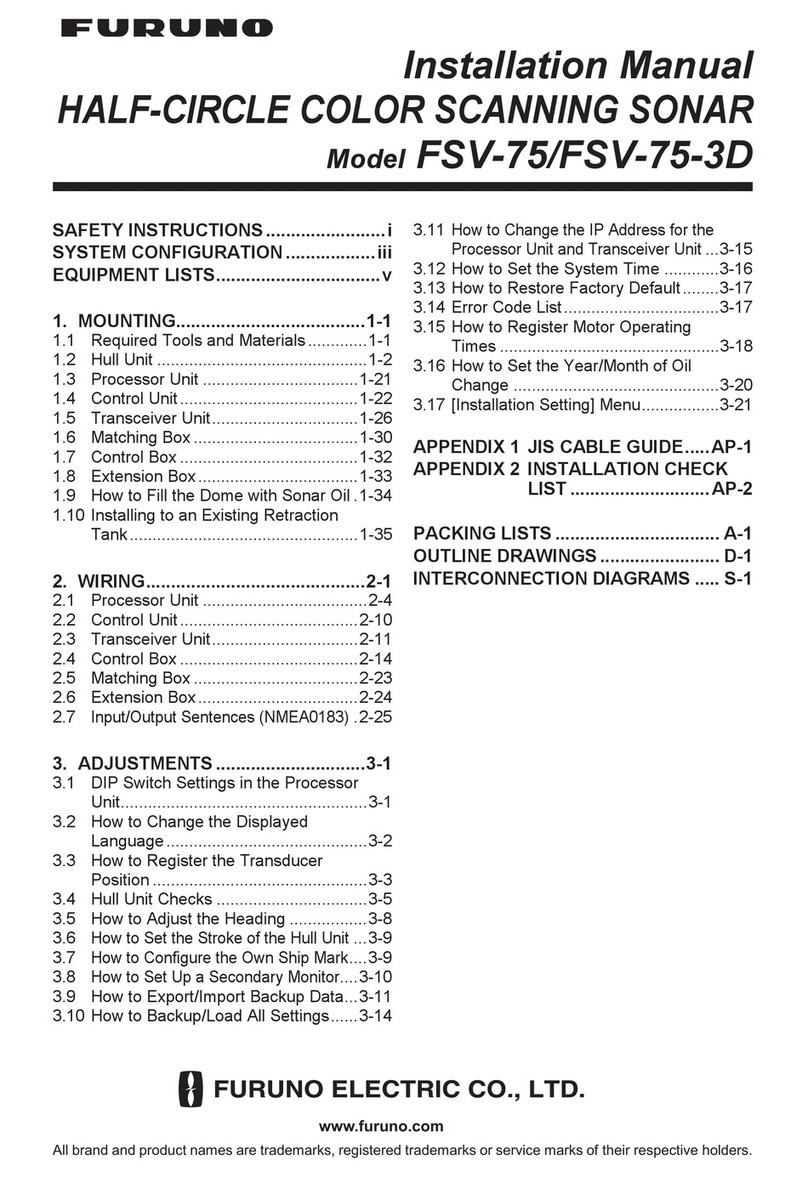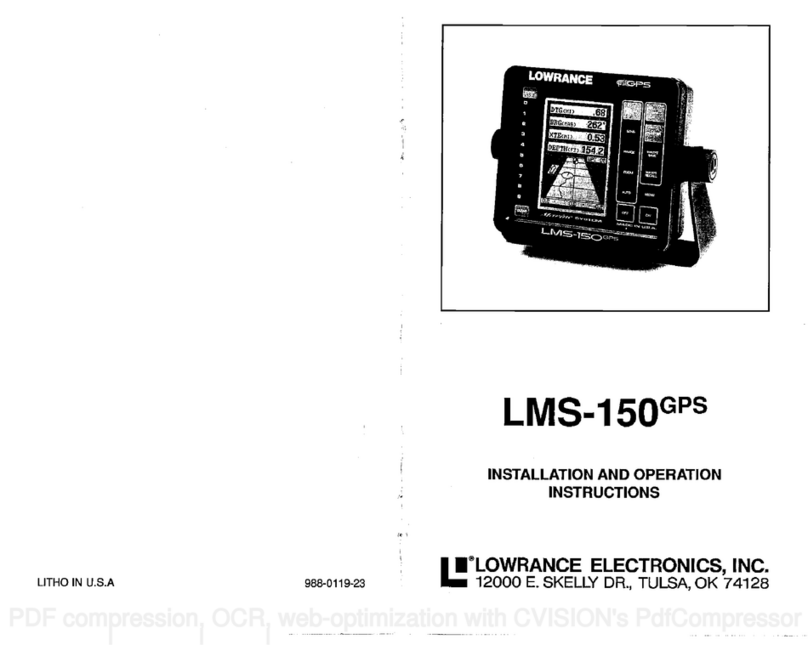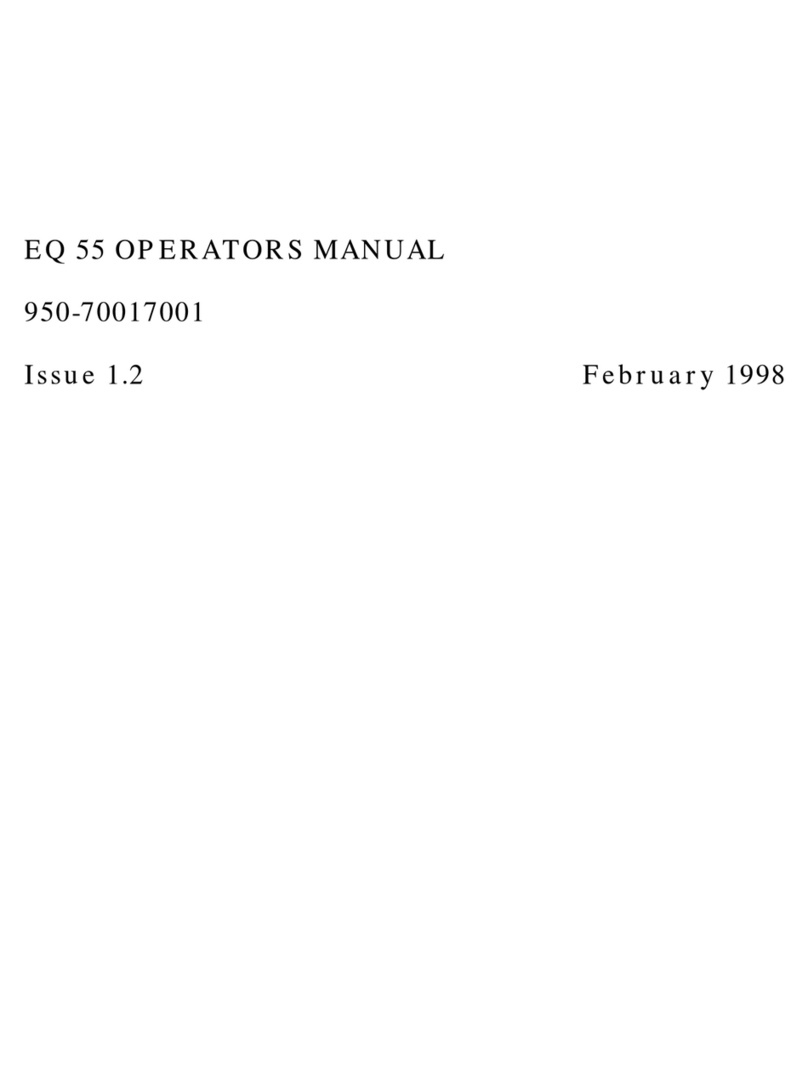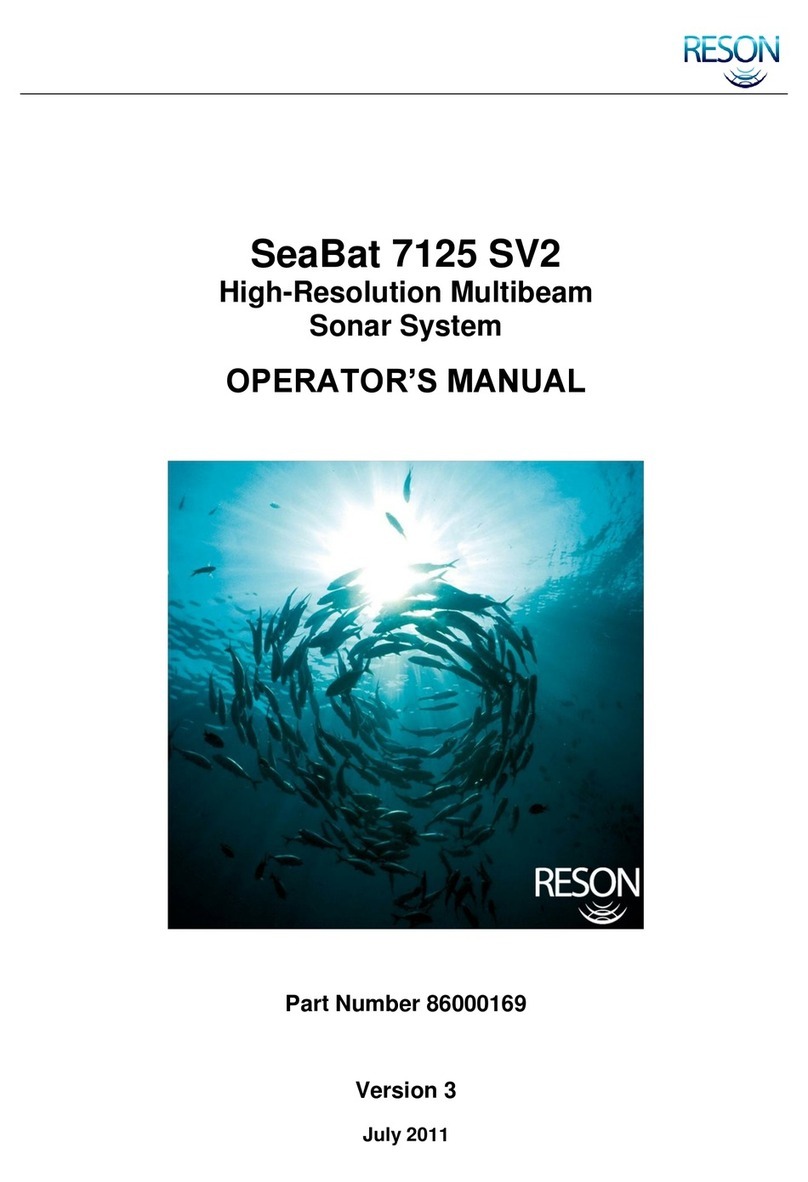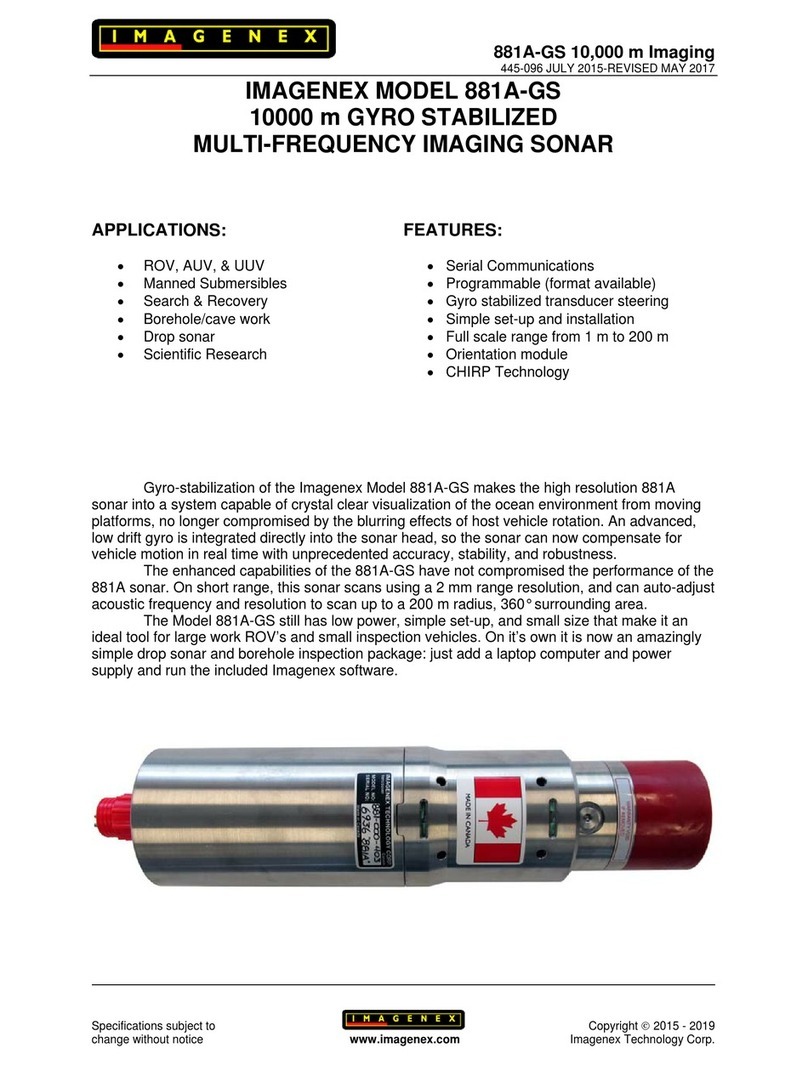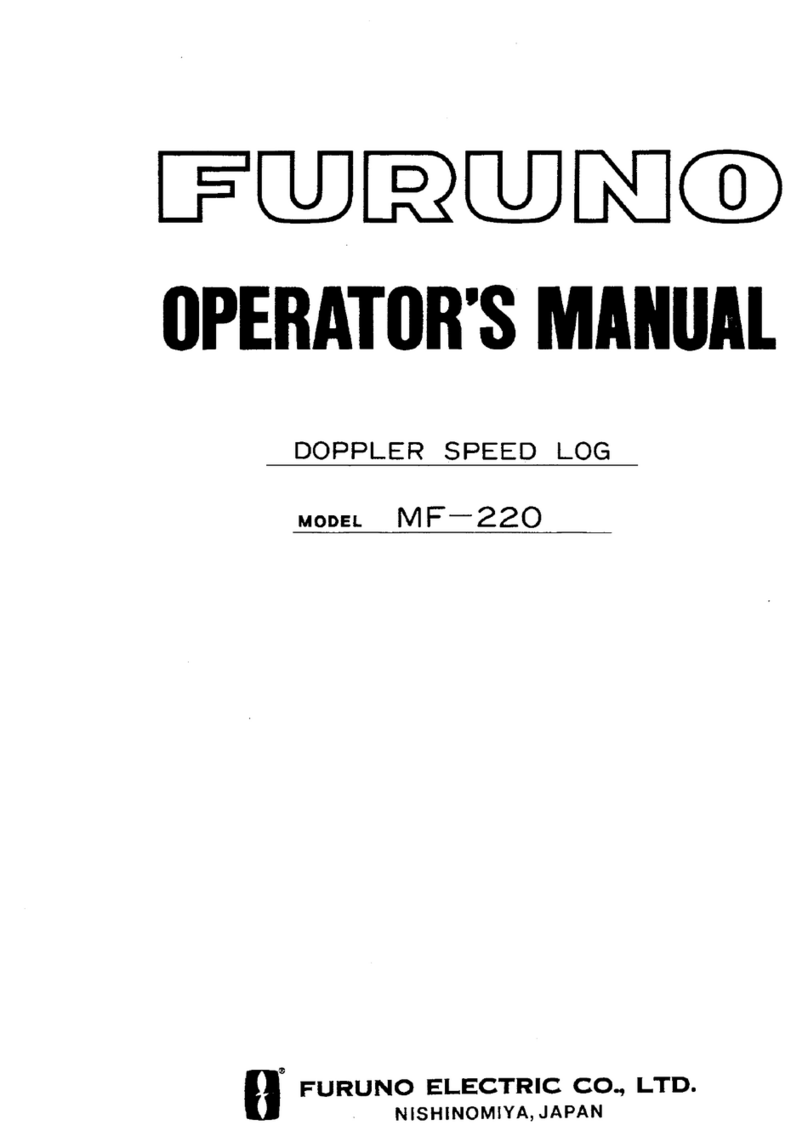
and holdtheright
arrow key
forexample, thebarwillstart
moving
tothe
right. Thissignifiesthatthechartspeedisincreasing. Thereare 32 steps
ofchart speed. By holdingeither arrow
key, the
display
canbespeeded
uporslowed down. Whenthehorizontal bar reachesthefarrightsideof
the
screen,
thechartspeedisatitsmaximumvalue. TheID-6300
willsound
atone indicating
maximumchart
speed.
Theautomatic mode ordigitalfunction
limitsthemaximum chart
speed. (The
chartbarwill stop
one
step
fromthefarright
andtheaudible
tonewillsound). Turning both
the
digital andtheautomatic mode offwill
allowthemaximum chart speedtobeattained.
Attimesftisdesirabletostopor"freeze"the
display
toexamine
anechobeforeftscrollsoffthescreen. Pressbotharrow
keysintheCHART
sectionatthesametime tostop
thechart. Thedashed line atthe
topof
the
display
willflash,signifying
thechart
is
stopped.Pressbotharrow
keys
againtostartthechart
movingatthelast chart
speed selling. If
the
digital
sonarison,the bottom
depthwillbedisplayed. The
digital
doesnot
stop
whenthechartisin the'freeze" mode.
SCALE Thereare
tenscalemarkers
printed
onbothsidesofthe
display.
This
helps
todeterminethe depthof
atarget.For
example,ifthe
rangeis
0to60feet,then eachmarkisequal
tosixfeet.Ifatarget (suchasafish)
isnexttothe5th
line,
thenitis30feet
deep. (5linestimes6feet 3ofeet.)
To make it easierto usethe depth
scale,use
rangesinmultiplesof
ten1
i.e. 10, 20, 30, etc.
t÷Htj
RANGE
WhentheID-6300is
inauto-
matic, the ranges change to keep
thebottomsignalonthe
displayas
the bottom
depth varies. Attimes,
however, ftmaybedesirabletoexpand therangeorzoominonatarget.
PressingtheZOOM keydoublesthesize of
targetsonthescreen.
The
20degreetransducer isalmostalways
the
besttouseinfresh
water,the8
degree
mostly
insaltwater. Ina
deepwaterenvironment, (300
feet -freshwater, 100 feet-salt water)the narrow
coneangleis more
desirable. Sincethesound energy isconcentrated inasmallerarea, itcan
penetrate
tomuchdeeperdepths.
Both8degree and 20degree
transducers give accuratebottom
readings,even though
thebottom
signal ismuchwideronthe20degree
model. Thisisbecause youare seeing moreofthebottom. Remember,
theshallow
edge
ofthesignal shows youthetruedepth. Therestofthe
signaltellsyouwhether
youare over
rocks,mud, etc.
Painttransducers onsaltwaterboatswfthathincoatofanti-foulant
paint
to prevent organisms fromgrowing. Ifunchecked, barnacles and
othermarine
growthwillcauseadecrease in thetransducer'ssensitivity.
Do not usea metal based anti-foulant paint as it will decrease the
transducer's
sensitivity. Thereare special anti-foulant paintsspecifically
designedfortransducers.
They'rereadilyavailable atmost
marine
dealers.
SIGNALINTERPRETATION
Since your lD-6300 is both extremely sensitive and powerful, it
gives
anaccurate
picture
ofthebottomthat
your
boatispassing. Abottom
offirmsand, gravel, shell, orhard clayreturnsa
fairlywide signal. Ifthe
automatic
sensitivftyisoffandthe
signalnarrowsdown,
then
itmeansthat
youhave moved over amud bottom.Mud absorbs
the soundwave and
returns aweak
signal. Turnupthe
sensftivfty. If
youhavetheautomatic
sensftivityturned on,watch
thesensitivity
bar.Astheboat
passes overthe
mud bottom,thelD-6300 will automatically increase the sensitivity to
maintain a good bottom signal. The sensitivity bar will help you in
determining
ifthebottom
issoftorhard. Ifftincreaseswhileinthesame
depth
of
water,thentheboat
hasmoved overa
softbottom.If
it
decreases,
thenftisoverahardbottom.Ofcourse, as the
water
depthincreases or
decreases, thesensitivftywillalso change.
Bigrocksorstumpsonasmooth bottom
sendbacksignals
above
thebottomlevelsignal. Theheight ofthesignaldepends
onthe
target's
height. As youpassovera post, ftwill be clearly visibleas ashortline
extending above
thebottom
signal.
A
steepslope
returnsawide
signal,the
steeperthe
wider. Signals
returnedfromahighunderwater cliffare usually thewidestofall.
SimLflated
Picture
10 27PDF compression, OCR, web-optimization with CVISION's PdfCompressor
